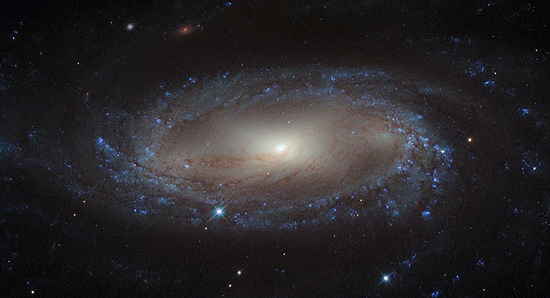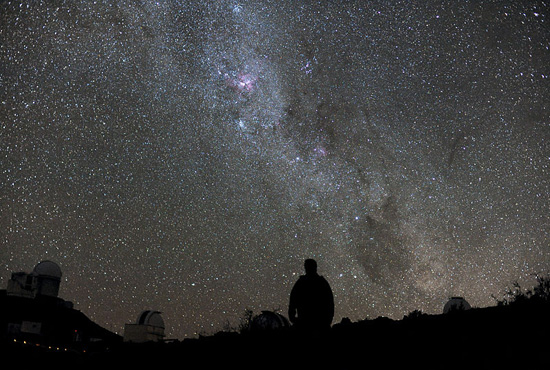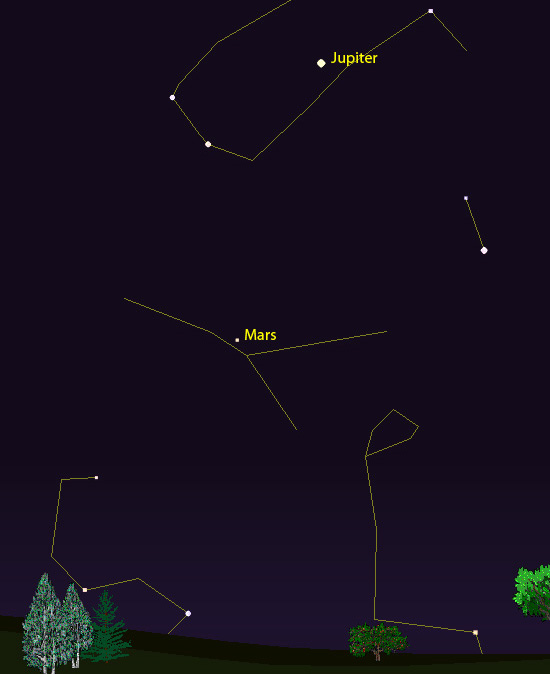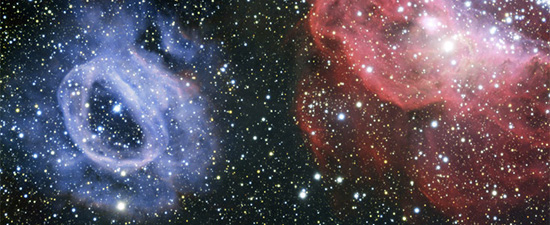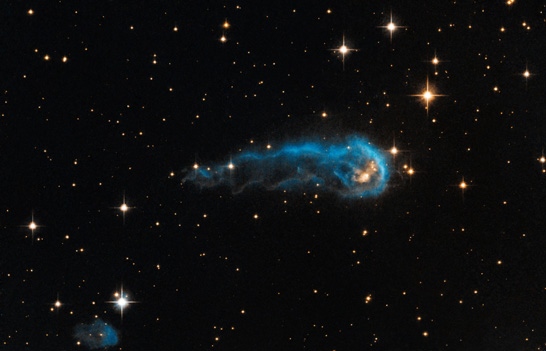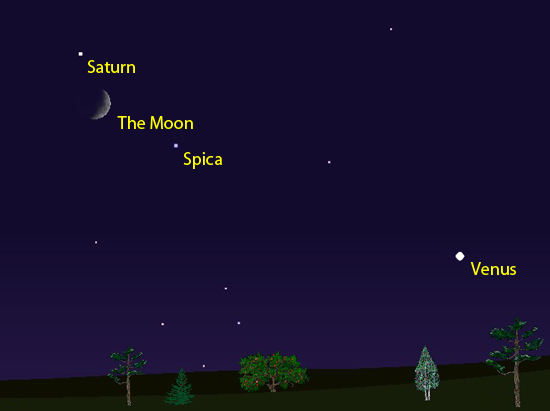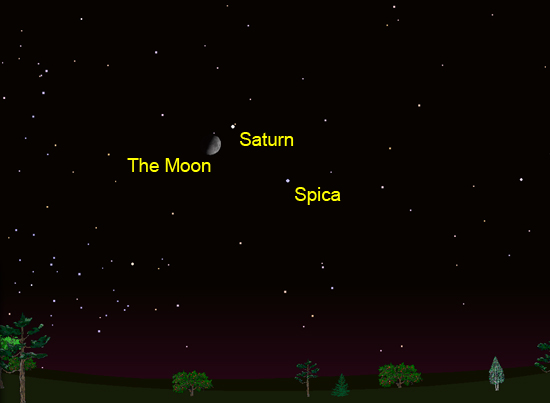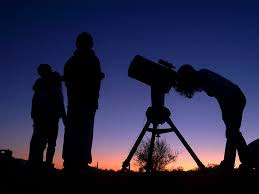
Astronomers have high hopes for a new comet called “Comet ISON,” which is predicted to reach peak visibility in late November and into December. Although predicting how bright a comet will appear is notoriously difficult, we may be in for quite a show! Below we discuss how you can view the comet. Assuming the comet makes for an interesting site in the night sky, it would help illustrate how the Sunjammer solar sail will be propelled through space, carrying your star’s name on a mission that could last for millions of years!
